The Voltage of an AAA Battery Everything You Should Know
When it comes to everyday power sources, the AAA battery is one of the most commonly used options. Whether powering up your TV remote, your flashlight, or a wireless keyboard, AAA batteries play a crucial role in keeping our devices functional. But what exactly is the voltage of an AAA battery, and why is it so important? Understanding the voltage of an AAA battery is essential to ensure that the devices you use continue to operate efficiently. In this article, we will explore everything you need to know about the voltage of AAA batteries, from the basics to their various types and applications.
- What Is the Voltage of an AAA Battery?
- Different Types of AAA Batteries and Their Voltages
- How the Voltage of an AAA Battery Affects Device Performance
- Maximizing the Life of Your AAA Batteries
What Is the Voltage of an AAA Battery?
The voltage of an AAA battery is one of the most important factors in determining its suitability for powering specific devices. The typical voltage of a standard, non-rechargeable AAA battery is 1.5 volts. This is the most common voltage for alkaline AAA batteries, which are widely used in many consumer devices. However, not all AAA batteries have the same voltage, and understanding the differences is crucial for selecting the right battery for your needs.
Why Is Voltage Important for an AAA Battery?
The voltage of an AAA battery affects how it powers a device. Devices are designed to operate within a specific voltage range. If the voltage is too high or too low, it can cause the device to malfunction, overheat, or even become damaged. For example, using a battery with too high a voltage may cause a device to burn out, while a battery with too low a voltage may cause it to fail to work altogether. The standard 1.5V is suitable for most low-drain devices, but it may not be sufficient for high-drain applications.
When you choose a battery, always check the device’s required voltage to avoid issues. In the case of rechargeable AAA batteries, the voltage is typically 1.2 volts, slightly lower than the standard 1.5V, but they can be recharged multiple times, which makes them more cost-effective in the long run.
>>See also Which Model Of EZGO TXT Do I Own
Different Types of AAA Batteries and Their Voltages
AAA batteries are not all created equal. There are several different types, each with its own voltage characteristics, chemistry, and performance. Let’s look at the most common types and their voltage profiles.
Alkaline AAA Batteries
Alkaline batteries are the most widely used type of AAA battery. These non-rechargeable batteries provide a nominal voltage of 1.5 volts when fresh. Alkaline batteries are known for their relatively long shelf life, making them ideal for low-drain devices such as remote controls, wall clocks, and toys. They are affordable, easily available, and offer a good balance of power and price for everyday use.
However, as alkaline batteries discharge, their voltage decreases, which can lead to shorter device run-times as they near depletion. Once the voltage drops significantly (below 1.0V), devices may stop functioning or experience reduced performance.
Lithium AAA Batteries
Lithium AAA batteries are becoming increasingly popular due to their superior performance, especially in high-drain devices. Like alkaline batteries, lithium AAA batteries provide a 1.5V voltage when fully charged. However, they differ in several key aspects.
Lithium batteries have a much higher energy density than alkaline batteries, meaning they last longer even under high-drain conditions. They are lighter, perform better in extreme temperatures, and are more reliable for devices that require consistent power over long periods. However, they tend to be more expensive than alkaline batteries.
Lithium AAA batteries are often used in digital cameras, GPS devices, and other high-performance gadgets that demand more power.
Nickel-Metal Hydride (NiMH) Rechargeable AAA Batteries
NiMH rechargeable AAA batteries are a more environmentally friendly option compared to single-use alkaline and lithium batteries. These batteries provide a voltage of 1.2 volts, slightly lower than the typical 1.5V found in non-rechargeable batteries. However, NiMH batteries have the advantage of being rechargeable, offering a longer lifespan and more cost-effective option in the long run.
NiMH AAA batteries are widely used in high-drain devices like digital cameras, portable game controllers, and other devices that consume a lot of power. Although the voltage is lower, modern devices are often designed to work efficiently with 1.2V batteries, and the ability to recharge multiple times outweighs the initial voltage difference.
Zinc-Carbon AAA Batteries
Zinc-carbon AAA batteries are the least expensive option but are not as commonly used in modern electronics due to their relatively low performance and shorter lifespan. These batteries also provide 1.5V when new but tend to deplete more quickly than their alkaline counterparts.
Zinc-carbon batteries are suitable for low-drain devices, such as simple toys and small clocks, but they do not provide the long-lasting power that other types, like alkaline or lithium batteries, offer.
How the Voltage of an AAA Battery Affects Device Performance
The voltage of an AAA battery directly impacts how well it powers a device. Different devices require specific voltage ranges to operate effectively. Using a battery with the wrong voltage could result in poor performance or damage to the device.
High-Drain vs Low-Drain Devices
Devices that require a lot of power to operate, such as digital cameras, gaming controllers, and electric razors, are known as high-drain devices. These gadgets consume significant amounts of energy and can drain the battery much faster. In high-drain devices, a 1.5V battery is often preferred, as it provides sufficient voltage and power to keep the device running efficiently.
On the other hand, low-drain devices like clocks, remotes, and flashlights can operate on 1.2V rechargeable batteries without any issues. The lower voltage does not significantly affect the performance of these devices, and rechargeable 1.2V AAA batteries are often a more cost-effective and environmentally friendly choice for such devices.
Voltage Drop and Device Performance
As an AAA battery discharges, its voltage gradually drops. For most non-rechargeable batteries, the voltage decreases as the battery is used, eventually dropping below the level needed to power a device effectively. This is why you may notice that a device powered by a near-depleted battery starts to slow down or stops working altogether. Voltage drop can occur at different rates depending on the type of battery and the device’s power consumption.
If your device starts to malfunction or show signs of reduced performance, it may be time to replace the battery, especially if the voltage has fallen below the minimum required level for that device.
The Impact of Temperature on Voltage
Extreme temperatures, both hot and cold, can also affect the performance of an AAA battery. Cold temperatures can cause the voltage of a battery to drop more quickly, while heat can lead to overheating and reduced battery life. It’s important to store AAA batteries in a cool, dry place to maintain their optimal performance.
>>See also How Fast Can A 72V Golf Cart Go A Detailed Exploratio
Maximizing the Life of Your AAA Batteries
While AAA batteries are designed to be relatively long-lasting, there are several steps you can take to maximize their life and get the most value out of each one.
Store Batteries Properly
To extend the lifespan of your AAA batteries, it’s important to store them in the right conditions. Keep batteries in a cool, dry place away from heat sources, moisture, and extreme temperatures. This helps prevent corrosion and leakage and ensures that the battery retains its voltage for as long as possible.
Remove Batteries from Devices When Not in Use
If you’re not using a device for an extended period, it’s a good idea to remove the batteries. This prevents the battery from discharging unnecessarily and reduces the risk of leakage or corrosion, which could damage your device.
Use the Right Battery for the Right Device
Always check the manufacturer’s recommendation for the type and voltage of battery that is best suited for your device. Using the wrong battery type (such as a 1.2V rechargeable in a device that requires 1.5V) can lead to subpar performance and a shorter lifespan for both the battery and the device.
Understanding the voltage of an AAA battery is essential for making informed choices about powering your devices. Whether you're using standard 1.5V alkaline batteries or rechargeable 1.2V NiMH batteries, selecting the right battery for your specific needs is crucial for optimal device performance. By choosing the right type of AAA battery and taking care of your batteries, you can ensure that your devices continue to function efficiently and that you get the most out of your batteries.
The voltage of an AAA battery, whether it's 1.5V or 1.2V, plays a key role in the overall performance of your devices. Make sure you choose the appropriate battery for each device and follow best practices to ensure long-lasting, efficient power.



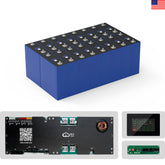

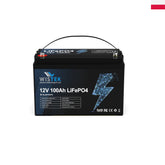


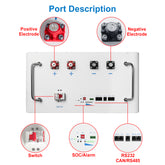




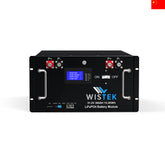
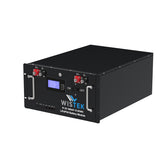
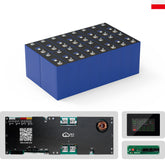



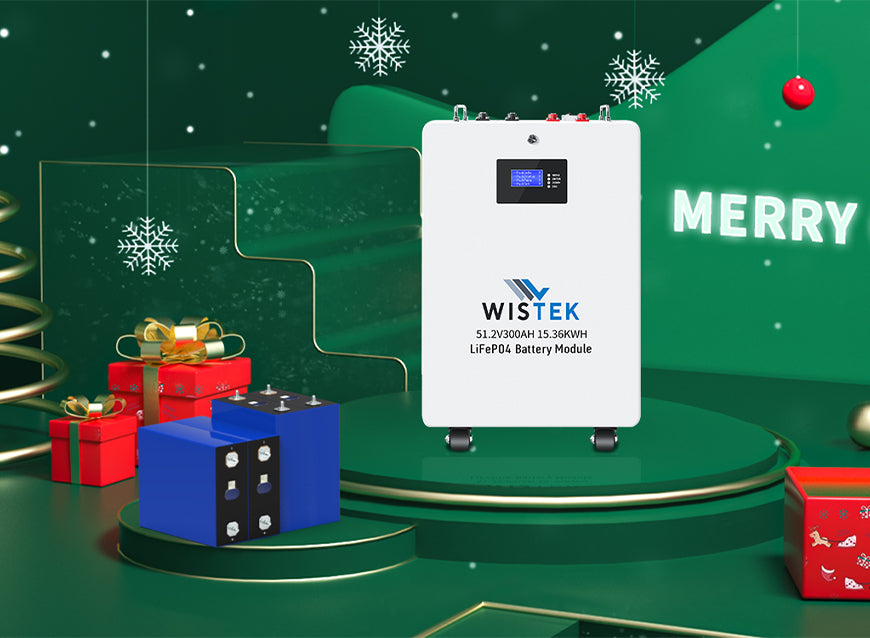




Leave a comment
All blog comments are checked prior to publishing